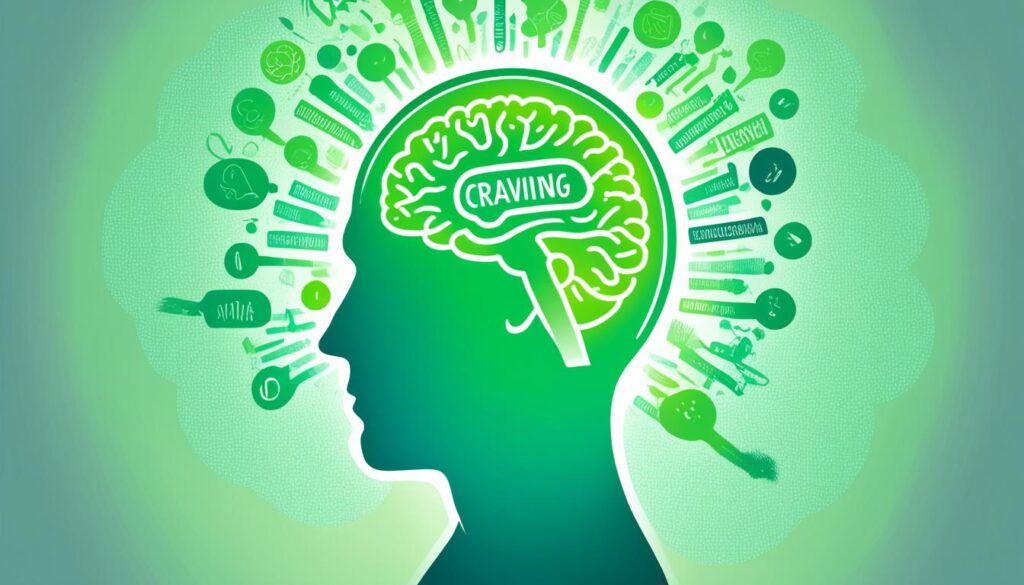Opioid Withdrawal Symptoms: Knowing the Signs

Every day, more than 130 people in the United States die due to opioid overdose. This shows how big the opioid crisis is. It also shows why it’s critical to know about opioid withdrawal symptoms. Those ready to quit using opioids need to understand the signs of opioid withdrawal. This understanding is a key step in moving towards recovery.
Starting to withdraw is a tough, yet vital step towards being sober. When people stop using these strong drugs, their bodies show many signs of distress. These include intense muscle pains and extreme anxiety. Answering the question, “What Are the Symptoms of Opioid Withdrawal?” might seem hard. But with the right knowledge and help from doctors, people can handle these symptoms. They can get their health back. Keep reading as we explore the signs, how long they last, and ways to treat them. This information is essential for beating opioid withdrawal.
Understanding Opioid Withdrawal
Opioids have two sides: They can treat pain but also lead to addiction. They include medicines and illegal drugs. Stopping them suddenly can cause withdrawal symptoms.
Defining Opioids and Their Uses
Opioids, like hydrocodone and morphine, act on the body’s pain receptors. They are used for severe pain relief. Knowing about withdrawal is key for helping those trying to quit.

Risks Associated with Long-Term Opioid Use
Long-term use of opioids can cause side effects and dependence. Withdrawal treatment should address issues like increased pain sensitivity. Too much use can lead to needing higher doses and might cause deadly breathing problems. Understanding withdrawal helps in providing the right support.
How Opioids Affect the Body
Opioids work by slowing down brain and body functions, which reduces pain and induces calm. However, the brain can’t match these effects naturally. This leads to withdrawal symptoms when stopping the drug.
| Effect of Opioids | Short-Term Benefit | Long-Term Consequence |
|---|---|---|
| Pain Relief | Decreases acute and chronic pain sensations | Can lead to increased pain sensitivity and tolerance |
| Euphoria | Generates feelings of pleasure or high | Potential for psychological dependence and addiction |
| Reduced Respiration | Can be beneficial post-surgery to decrease the workload on the body | Increases risk of life-threatening respiratory depression |
| Gastrointestinal Stasis | Helpful in controlling diarrhea and other hypermotility states | Can lead to chronic constipation and related complications |
Recovering from opioid dependence is hard. It involves recognizing detox symptoms and finding the right treatment. It requires understanding how these drugs affect the body and the individual’s specific needs.
What Are the Symptoms of Opioid Withdrawal?
Understanding opioid withdrawal is key for anyone looking to manage stopping the drug. The opioid withdrawal timeline helps people and doctors predict and ease the discomforts. This makes recovery smoother. Early symptoms like anxiety and muscle aches start a few hours after the last dose. This marks the body’s adjustment to not having the drug.

As withdrawal goes on, symptoms get worse and change. There are many opioid withdrawal remedies to help with pain and discomfort. These remedies help with both physical and mental challenges during this tough time. They range from medicine to natural methods, offering choices that fit everyone’s needs.
It’s important to know the differences between opioids and their withdrawal effects. For example, heroin can cause symptoms within 12 hours. But, long-acting opioids might not show symptoms quickly, making withdrawal last longer. Knowing this helps create the right plan for each opioid type.
Withdrawal doesn’t just affect adults. Babies born to opioid users can also show symptoms. This shows how deep and wide the impact of opioid dependency is. It’s vital to prepare and have medical support ready. This can make things easier for both moms and babies.
Lastly, dealing with opioid withdrawal timeline needs a full approach. This includes medication, therapy, and support groups. These not only ease symptoms but also tackle the root problems. With the right approach, people struggling with opioid dependency can truly start to heal.
Managing Opioid Withdrawal Symptoms
Understanding the signs of opioid withdrawal and the steps of opioid detox symptoms is key to recovery. It’s important for everyone involved to know the symptoms and their different stages. This knowledge helps create treatments that meet each person’s needs.
The Opioid Withdrawal Timeline
The timeline for opioid withdrawal is crucial for managing opioid withdrawal symptoms effectively. Early symptoms like restlessness and sore muscles can start just 12 hours after the last use of drugs like heroin. For drugs that last longer, like methadone, symptoms might not start for up to 30 hours. This shows why treatments need to be made for each person.
Tapering Off Opioids Safely
Doctors often use a tapering strategy to ease the discomfort of detox. This method reduces the dose gradually to avoid making symptoms worse. This careful approach helps make detox safer and suits the individual needs during recovery.
Medications Used to Alleviate Withdrawal Symptoms
Many medications are key in treating opioid withdrawal. For example, clonidine helps with high blood pressure and restlessness. Methadone and buprenorphine help during detox and as ongoing therapy. Suboxone, which combines buprenorphine and naloxone, lowers misuse risks and eases withdrawal. Yet, naltrexone must be used with care to avoid severe withdrawal. These drugs and mental health therapies are a combined effort in treatment.
Conclusion
Dealing with opioid withdrawal is hard and requires being well-informed. People and their close ones need to know the withdrawal symptoms. This is the first step to manage opioid withdrawal.
Recognizing symptoms lets people seek the right help and treatment. Every treatment should match the person’s needs.
Opioid withdrawal isn’t just about noticing symptoms. It’s about understanding how opioids affect the body. People often need a doctor’s help to slowly stop using opioids safely. This can help with the tough symptoms of withdrawal. Some medicines can also make detox easier, which is really helpful for recovery.
Doctors are learning more about treating opioid dependency. This makes it easier for those struggling to find hope and sobriety. This progress is a light of hope for people wanting to get better. They should use every bit of help available. This includes knowing about What Are the Symptoms of Opioid Withdrawal?, having strong support, and using strategies that work. These steps are part of the journey to change their lives.






